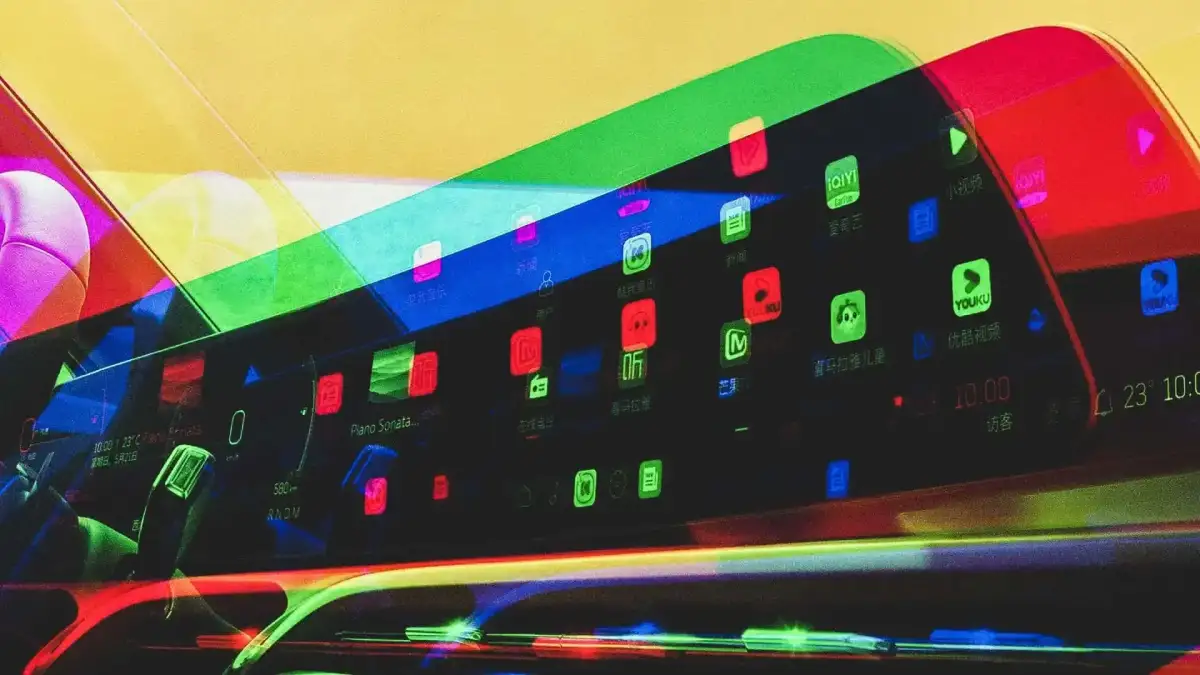- A Divisive Decision
- Losing Digital Freedom
- Between Freedom and Profit
In a decision that has stirred widespread criticism among car and tech enthusiasts, GM announced that it will end support for both Apple CarPlay and Android Auto in all its upcoming vehicles, not just the electric ones. Many see this as an anti consumer move that highlights a growing trend in the automotive world, tightening control over the in car user experience while turning digital services into new revenue streams through subscriptions and data monetization.
A Divisive Decision

In an interview on The Verge’s Decoder podcast, GM’s CEO Mary Barra stated that many customers complained about the CarPlay experience, describing it as clunky and distracting during driving. Barra added that switching between the built in infotainment system and phone apps could create confusion for users.
However, instead of improving integration or refining its interface, GM chose to completely remove a feature millions rely on worldwide. Many interpret this as a strategic move to gain full control over the digital environment inside its vehicles and monopolize the driver’s digital experience.

This decision isn’t just about convenience or safety. It appears to be a calculated business move aimed at:
Introducing monthly subscriptions for services that were once free.
Turning in car internet connectivity into a new profit channel.
Collecting user data and transforming it into revenue through proprietary apps and services.
According to many industry experts, this shift places General Motors in direct conflict with a large segment of its customer base, drivers who view CarPlay and Android Auto as an essential part of the modern driving experience.
Losing Digital Freedom

A recent user experiment revealed that navigation systems like Apple Maps can function perfectly even without a constant internet connection or an iCloud account. This shows that drivers do not necessarily need paid services to stay connected while on the road.
However, General Motors is moving in the opposite direction with its proprietary operating system by:
Requiring users to log into Google accounts to access the Google Play Store.
Gaining full control over access to maps, navigation, and their updates.
Blocking any third party modifications or workarounds that could restore CarPlay functionality.
As a result, car owners are becoming locked into GM’s internal ecosystem, which could eventually impose extra fees for features that were once free, such as:
Using offline maps.
Viewing driving data and analytics.
Running music and call apps without separate subscriptions.
This shift gives GM near total control over the in car digital experience, while brands like FordUAE FordKSA FordBahrain FordEgypt FordKuwait FordOman FordQatar Ford continue to support smartphone integration without restrictions. Ford CEO Jim Farley even stated that the company does not want to limit customers just to increase profits, emphasizing a smoother and more open driving experience.
Between Freedom and Profit

General Motors claims that removing CarPlay and Android Auto will help improve integration between its Super Cruise autonomous driving system and its charging network. Yet many observers believe this is simply a cover for a broader strategy to boost revenue through digital subscriptions.
This move reflects a growing trend in the automotive industry, where nearly every in car feature is turning into a paid product, including:
Software updates.
Smart navigation services.
Voice assistance features.
Entertainment and music options.
Although GM insists that its current gas powered models will continue supporting CarPlay and Android Auto “for the foreseeable future,” the overall direction signals the end of true digital freedom for GM drivers.



